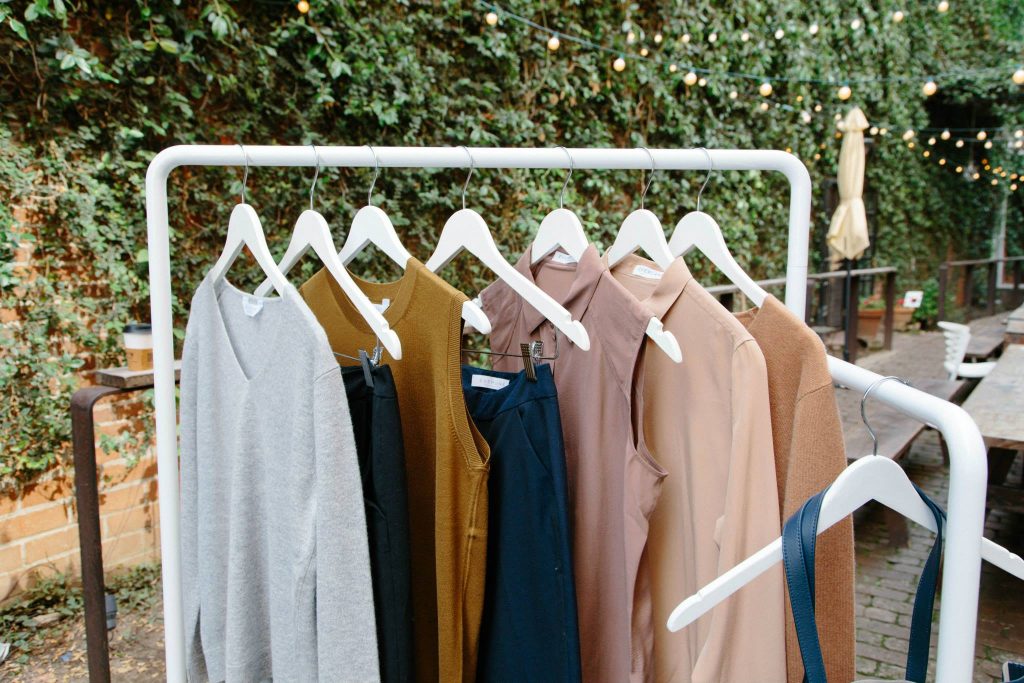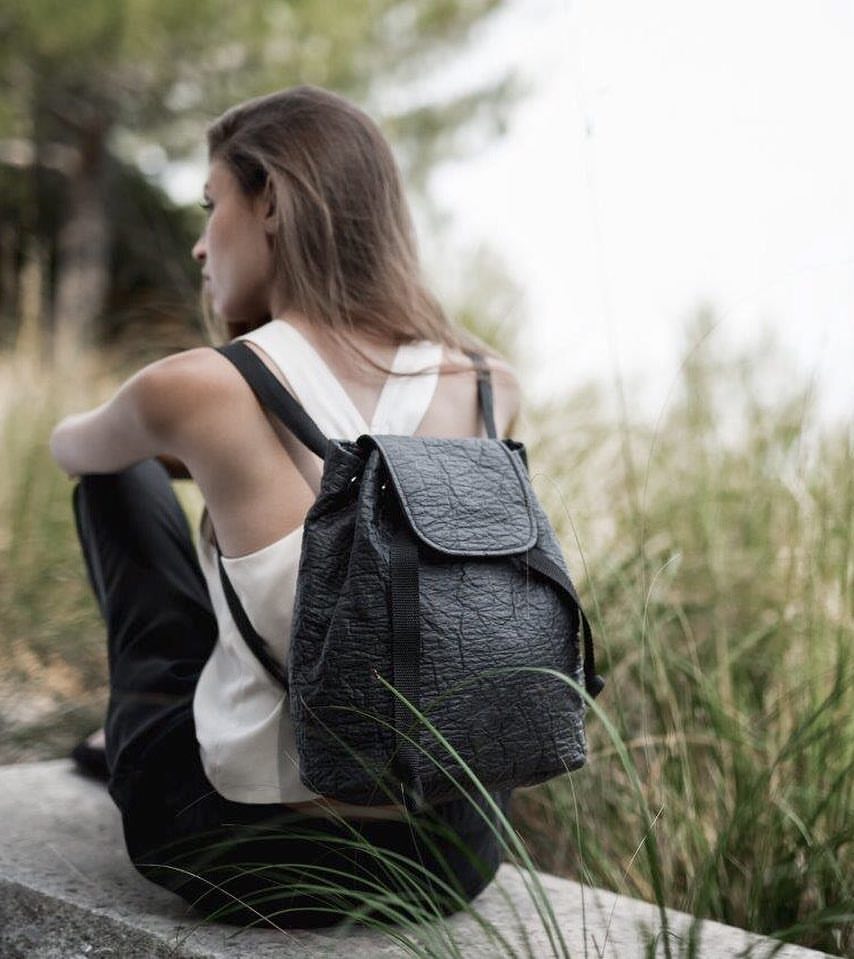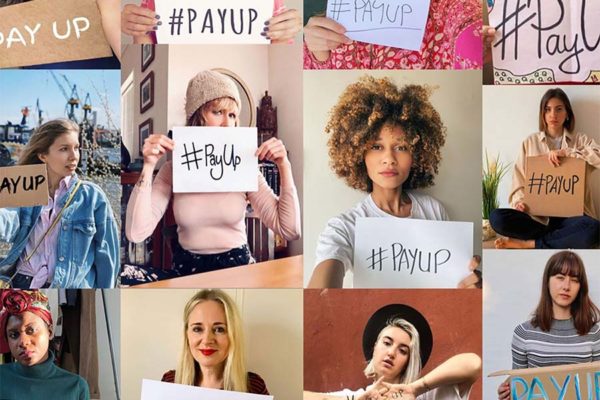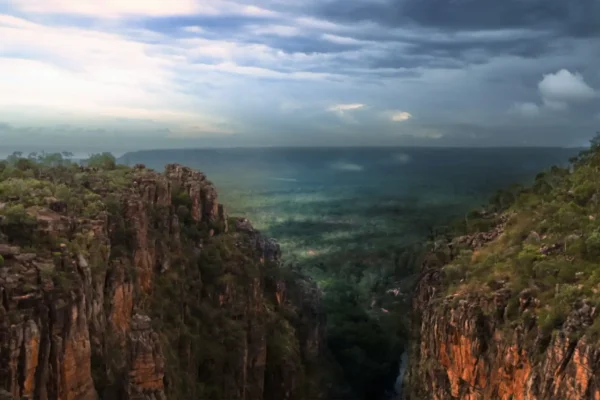75% Of New Fashion is Made From Plastic And It’s Not Sustainable
when fashion is not sustainable
Kira Simpson
It seems that the world is waking up to the issue of plastic waste, from major supermarkets in Australia banning the plastic bag last month to a recent 400% increase in reusable coffee cup sales.
Society’s use of plastic has seemingly got out of control, polluting the planet and draining resources.
Yet, the use of synthetic fibers in the garment industry seems to be undisturbed. In fact, in the last 21 years, our use of synthetic fibers in garment production worldwide has increased by 72%.
It’s a troubling fact considering micro plastics shedding from clothes are allegedly a huge issue to our health and oceans.
“Australians buy an average of 27 kilograms of new textiles each year and then discard about 23 kilograms* into landfill – and two-thirds of those discards are manmade synthetic/plastic fibres that may never breakdown.” Textile Beat


How did this happen?
Polyester, made from petroleum, is a a cheap and diverse material, which has made it a popular choice in the fashion industry since the 1950s.
Polyester was the first ‘mainstream’ material, introduced to the market by the American company DuPont. The material was blended with existing fabrics such as wool to produce lightweight and versatile material, able to be purchased cheaply.
Since then, due to innovation and development, synthetic fabrics have increased in popularity from active wear (I’m looking at you Bondi), to rain jackets. Common synthetic fibers used today are: Polyester, Nylon, Acrylic, Spandex, and Rayon.

Image @everlane
Not a plastic dream
As the world is now discovering, plastic is not the dream material everyone once thought. Recent publications have been suggesting that polyester is bad for human health and the planet.
Firstly, it doesn’t break down easily. The textile industry already has a major waste issue; the fact that synthetic fibers called ‘microfibers’ are seeping into the ocean is a troubling issue. Microfibers are a growing issue (see my previous article on the issue here). It was Dr Mark Browne in 2011 that first published a study, stating that 85% of the plastic pollution in the ocean is due to microfibers.
“When you put items of clothing into the washing machine, thousands upon thousands of fibres come from the item of clothing and travel through sewerage and storm water and end up in the environment,”
Dr Mark Browne, Professor of Ecology at UNSW
Keeping it natural
There is some cool sh*t happening in the textile industry currently, with science and innovation becoming a core part. With the hope of phasing out plastics, biomaterials are a trendy topic.
Innovative biomaterials include Pinatex (leather from pineapple leaves fibres), mycelium material (produced from fungus) and SeaCell (from seaweed). A great brand example is Patagonia, *bows down*, who are now utilising natural material and selling natural rubber wetsuits from Yulux.

Image @maravillasbags
Moving forward
It is however, still a long road to phasing out plastics in our clothing and moving towards biomaterials. Polyester is one of the few materials that is completely recyclable at the end of use and the recycled polyester has become popular amongst brands.
Iris Warnke from Smarter Materials claims that switching to alternative materials is held back currently by the assumption that petroleum-based material is cheaper.
“That perception is of course skewed, as environmental and social costs are not included in the economic equation. If a production plant in China was required to *only* output products from sustainably derived resources, which can be 100% reused, recycled or biodegraded, or exist in a closed loop system, prices in the world would be very different”.
I’m personally really excited to see where the textile industry goes in the next 20 years, hopefully developing more innovative biomaterials. If there was a push from public awareness and government intervention the change might move faster.


